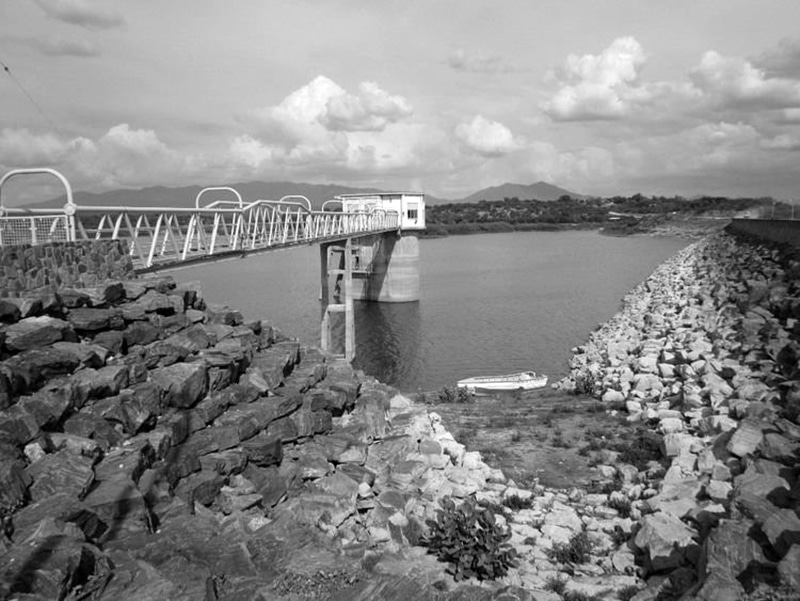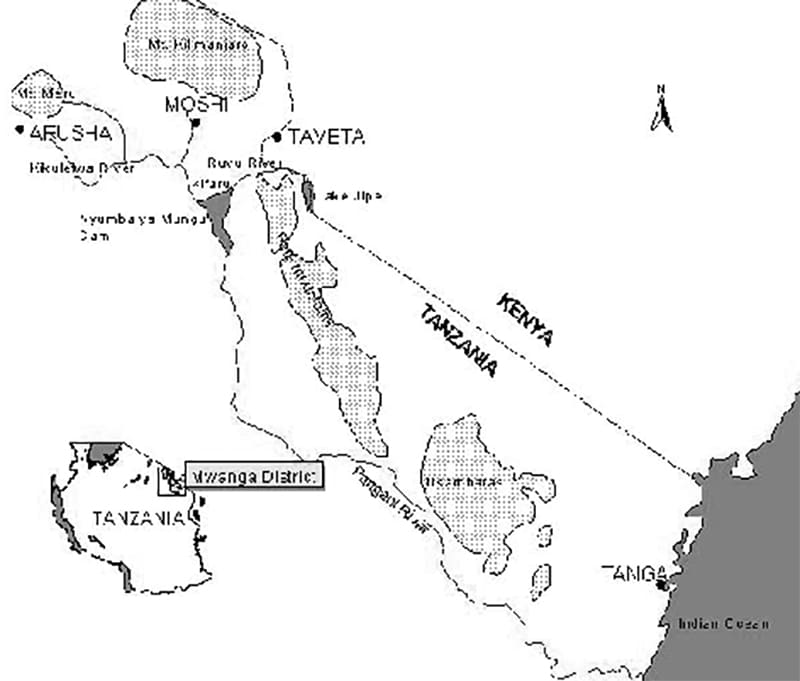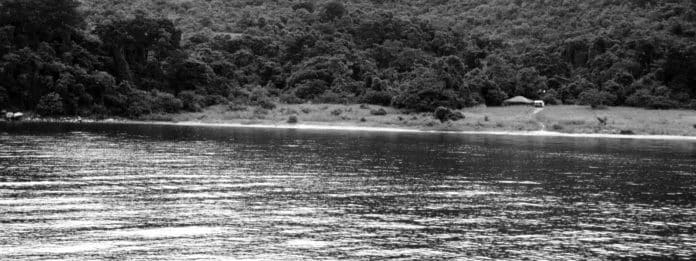Lake Jipe Tanzania – Fauna, Geography, Demographics and More
Lake Jipe is an inter-territorial lake that straddles Kenya’s and Tanzania’s borders. Lake Jipe in Kenya is situated south of the settlement of Nghonji of the country, and inside Mwanga District, Kilimanjaro Region, in Tanzania. The Lumi River, which flows down from Mount Kilimanjaro, and streams originating from the North Pare Mountains, feed Lake Jipe. The Ruvu River is the outlet of the lake. Tsavo West National Park in Kenya preserves part of the northern coast of Lake Jipe, while Mkomazi Game Reserve in Tanzania lies close by. The lake’s unique fish, in addition to water birds, animals, wetland vegetation, and swamps on the edge of Lake Jipe, which may reach 2 km (1.2 miles) beyond Lake Jipe’s coast, are well-known.
Geography

From the Tanzanian side, Lake Jipe may be reached by the B1 Highway stretching from the settlement of Kifaru, some 40 km (25 miles) south of Moshi, the Kilimanjaro Region capital. Lake Jipe is about 30 sq km (12 square miles) in size, and measures about (19km) 12 miles long by 4.8 to 6.4km (3 to 4 miles) wide. Lake Jipe is a backwater of River Lumi, which flows into the Ruvu River and then into the Nyumba ya Mungu Reservoir. It then joins the Chemka Hot Springs (Kikuletwa) to become the Pangani River, which drains into the Indian Ocean near Pangani. The lake does not have a current as the river goes in, loops around, and flows out again. Lake Jipe’s water can only be consumed after being thoroughly boiled then skimmed. The Ugweno mountains climb 1800 to 2100m (6,000–7,000 ft) on its southern bank, in stark contrast to the other shore, which has a flat plain with minimal elevation above Lake Jipe. The Kibo Peak of Mount Kilimanjaro can be seen from the lake.
Demographics
Lake Jipe has around 120,000 people who rely on it for their livelihood. Agriculture, Fishing, and animal husbandry are the major occupations of the people who live in the communities around Lake Jipe. Taveta’s agricultural colony is located towards the southeast of the huge peak. The Bantu part of the population speaks Ki-taveta, while the rest of the population speaks Maasai. Ki-gweno is the language spoken in the Pare Mountains’ northernmost region, Ugweno (known as Vughonu to the locals), to the southern part of Lake Jipe. The water from the lake is utilized to irrigate the adjacent farmlands.
Fauna
A fish peculiar to Lake Jipe, the Jipe tilapia, suggests the possibility of long-term isolation from the other wetlands in the region. Big fish, mostly cyprinoids and siluriforms, abound in Lake Jipe’s waters. Storks, ducks, spur–winged plovers, pelicans, egrets, and Egyptian geese are among the water birds that visit Lake Jipe’s reedy shoreline, forming the biodiversity-rich ecology. The lake is home to African samphens and lesser jacanas, as well as African skimmers, African darters, black herons, and Madagascar squacco herons. Herds of game frequent the area around Lake Jipe. Nile crocodiles and Hippopotamuses are also found in plenty in Lake Jipe.
Other Popular Things Related to Lake Jipe
- Lake Jipe safari camp – Lake Jipe campsite
Lake Jipe Map

For more articles related to lakes in Tanzania and their inhabitants click here!


































